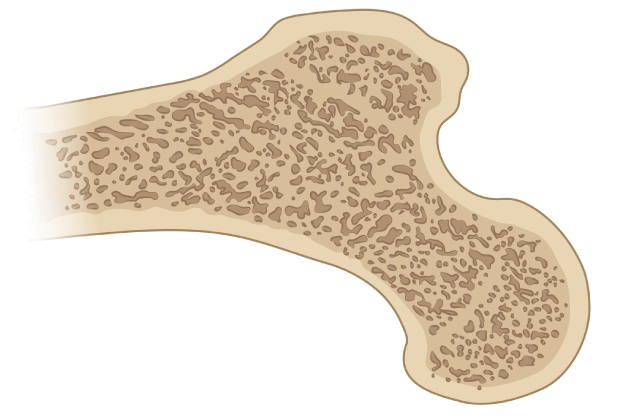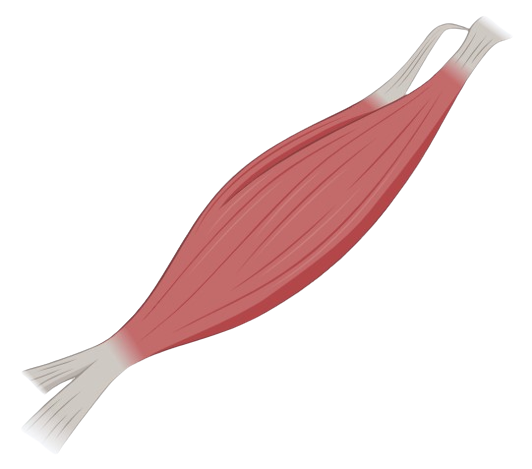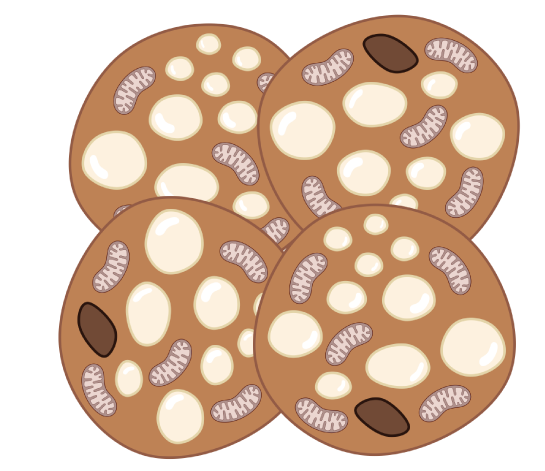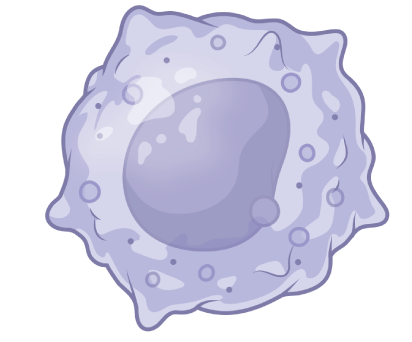About
Muscle Magnetic Therapy
An ever growing body of evidence has now convincingly shown that magnetic fields are an authentic developmental force that can be exploited for regenerative medicine as well as general clinical applications. Nonetheless, the correct manners to apply the magnetic field and the designing of magnetic field devices safe for specific applications is still in its infancy. To solve these issues is the mandate of the BICEPS laboratory. The BICEPS laboratory brings together state-of-the-art engineering and biological know how. We have already made headway in these areas for use in several globally important diseases and regenerative medicine applications.










